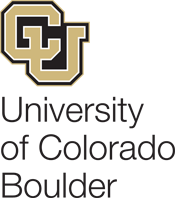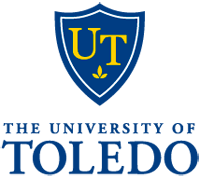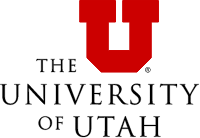Our Scientists
The biographies of our scientists demonstrate the combined distinctive experience and rich background CHOISE offers.
Browse their bios and the CHOISE Scientific Advisory Committee.
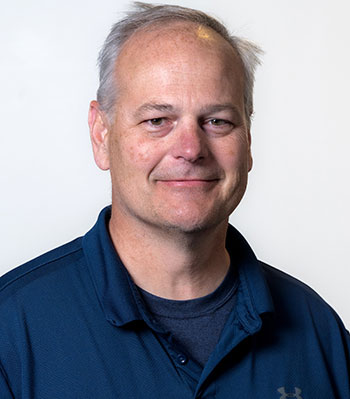
Matthew Beard
Dr. Beard is Director of the Center for Hybrid Organic-Inorganic Semiconductors for Energy. He is also a Research Fellow in NREL's Chemistry and Nanoscience Center, where he develops and uses ultrafast spectroscopic probes to study interfacial carrier dynamics within solar energy conversion architectures. In addition, he researches electronically coupled quantum dot arrays as a Research Scientist in the Renewable and Sustainable Energy Institute (RASEI) at the University of Colorado Boulder. He was the Associate Director of the Center for Advanced Solar Photophysics (CASP), researching multiple exciton generation within quantum dots for enhanced solar energy conversion strategies. See Dr. Beard's staff page for more information.
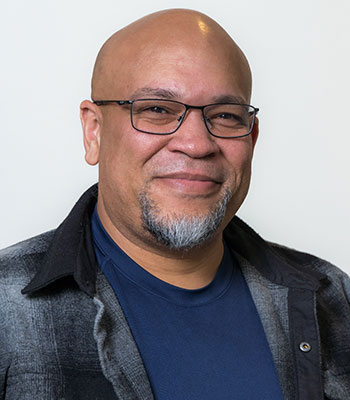
Joseph Berry
Dr. Berry is Co-Lead of CHOISE Thrust 2: Spin. He is an Associate Professor at the University of Colorado, Boulder and a Research Fellow in NREL's National Center for Photovoltaics. He is the Team Lead of the hybrid perovskite solar cell program, and conducts research on charge transport at the interface in all-inorganic and organic/inorganic interfaces for optoelectronic devices and systems. He researches growth and basic physical properties of transparent conducting oxides for photovoltaic and display technologies, including both single composition and high-throughput combinatorial approaches. See Dr. Berry's staff page for more information.
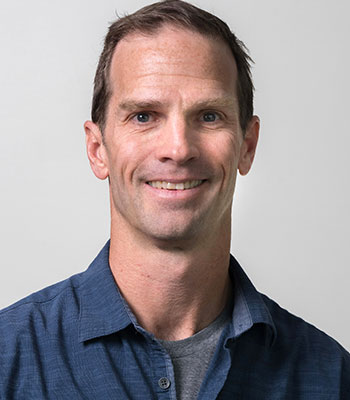
Jeffrey L. Blackburn
Dr. Blackburn is Co-Lead of CHOISE Thrust 3: Light. He is Group Manager for NREL's Materials Physics group, responsible for project management/oversight, business development, strategic research directions, and more. Previously, he managed NREL's Spectroscopy and Photoscience group. He has also been a Senior Scientist, serving as Principal Investigator and Thrust Leader for the BES Solar Photochemistry Core Program at NREL, Excitons to Charge Carriers in Molecular and Nanoscale Systems. He has focused on the synthesis, characterization, and device integration of quantum-confined materials, including single-walled carbon nanotubes, graphene, semiconductor nanocrystals, transition metal dichalcogenides, and perovskites. See Dr. Blackburn's staff page for more information.
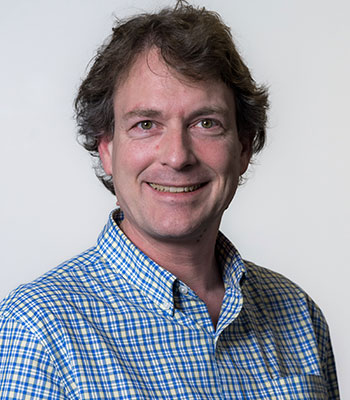
Volker Blum
Dr. Blum is a key participant in CHOISE. He is Associate Professor in the Thomas Lord Department of Mechanical Engineering and Materials Science at Duke University and in the Department of Chemistry. His interests are in electronic structure theory, high-performance computing scalability, inorganic and organic-inorganic semiconductors, interfaces, nanomaterials, molecular structure, and spectroscopy. Prior to Duke, he was a Scientist and Group Leader at the Fritz Haber Institute in Berlin, Germany. See Dr. Blum's staff page for more information.
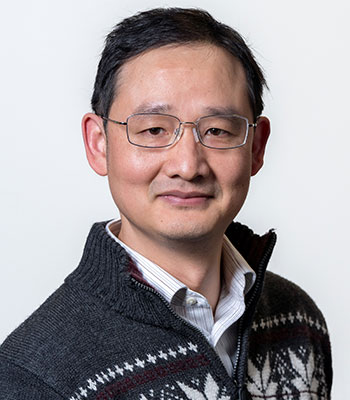
Jinsong Huang
Dr. Huang is Associate Director and Co-Lead of CHOISE Thrust 4: Charge. He is Professor at the University of North Carolina at Chapel Hill, Department of Applied Physical Sciences. Prior to NCSU, he was the Susan Rosowski University Professor in the Department of Mechanical and Materials Engineering, University of Nebraska-Lincoln. His current research is on perovskite solar cells and involves device engineering, material processing, and chemistry for record energy conversion efficiency and stability of perovskite solar cells. He and his group seek to understand the fundamental material and devices physics—mainly the photon to charge-carrier conversion—to explore the theoretically attainable highest efficiency. See Dr. Huang's staff page for more information.
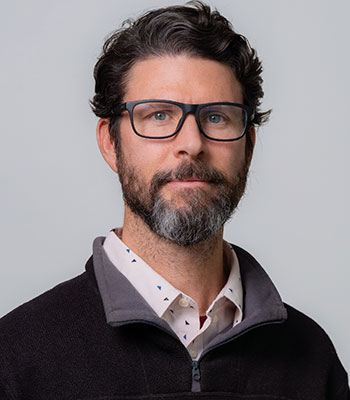
Joseph M. Luther
Dr. Luther is Team Coordinator for CHOISE's Sample Synthesis and Preparation. He is a Research Fellow at NREL, where he is Co- Principal Investigator in several projects, including the U.S. Department of Energy's Hybrid Perovskite Solar Cells project, the EFRC Center for Advanced Solar Photophysics, and other perovskite and quantum dot projects. Prior to NREL, he was active in several research groups: with Salah Bedair (NCSU), GaN and InGaAs for solid-state lighting and tandem cell PV; with Richard Ahrenkiel (NREL), III-V and Si defect and lifetimes; with Arthur Nozik (NREL), electronic coupling of Pb-chalcogenide nanomaterials for multi-exciton generation; and with Paul Alivisatos (LBNL), developing synthesis for various new nanocrystals. See Dr. Luther's staff page for more information.
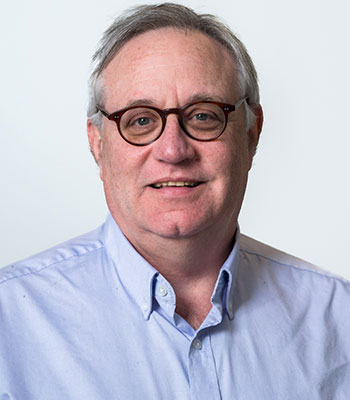
Seth Marder
Seth Marder is the director of the Renewable and Sustainable Energy Institute, which is joint between the University of Colorado-Boulder (CU-Boulder) and NREL. At CU, Marder is also a professor of Chemical and Biological Engineering Chemistry, and a fellow of the Materials Science and Engineering Program at CU-Boulder. He is also a senior research fellow at NREL. His interests are in the development of structure property/relationships for organic, hybrid and interfacial materials. He is a fellow of the American Association for the Advancement of Science, the Optical Society of America, SPIE, the Royal Society of Chemistry the American Physical Society, the Materials Research Society, and the National Academy of Inventors and a Member of the World Cultural Council. See Dr. Marder's staff page for more information.
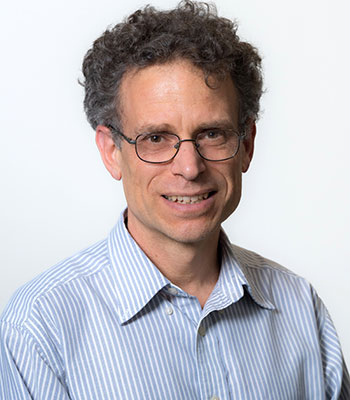
David B. Mitzi
Dr. Mitzi is Co-Lead in CHOISE Thrust 1: Knobs. He is the Simon Family Professor of Engineering at Duke University (Dept. of Mechanical Engineering and Materials Science, and Dept. of Chemistry). His work targets developing sustainable energy conversion/storage materials, most notably in the area of photovoltaic and photoelectrochemical devices. His current focus is on developing the solid-state chemistry of new halide and chalcogenide semiconductors, including organic-inorganic perovskites, for application in PV/PEC absorbers, LED devices, and other optoelectronic applications. See Dr. Mitzi's staff page for more information.
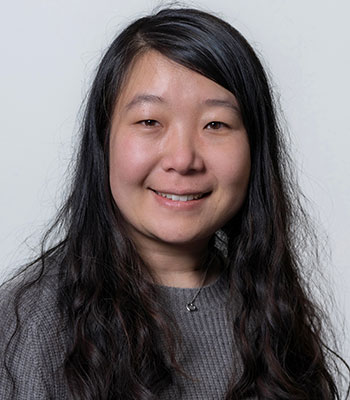
Yuan Ping
Dr. Yuan Ping is an associate professor in Materials Science and Engineering, and affiliated professor in physics and chemistry at University of Wisconsin-Madison. Her research group focuses on developing and employing first-principles many-body perturbation theory and open quantum dynamics for materials applications in spintronics, quantum information science, and renewable energy conversion. Ping is a recipient of Alfred Sloan Research Fellow, U.S. Department of Energy Computational Chemistry Science Award, NSF CAREER, Air Force Young Investigator Program award, and ACS COMP OpenEye Outstanding Junior Faculty Award. Dr. Ping co-leads CHOISE Thrust 2—chirality, spin, and magnetism. See Dr. Ping's staff page for more information.
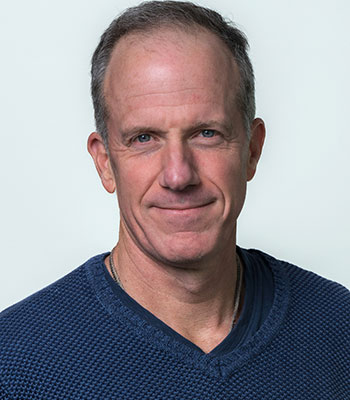
Peter Sercel
Dr. Sercel is an expert in the theory of electronic and optical properties of semiconductors and semiconductor nanostructures, employing K.P theory, the theory of invariants, and the multi-band effective mass approximation. Current research topics include exciton and magneto-exciton fine structure; quantum beating of excitons and carriers in bulk and 2D metal halide perovskites, nanocrystals and nanoplatelets; and spin splitting, spin textures and chirality in semiconductor systems. See Dr. Sercel's full CV for more information.
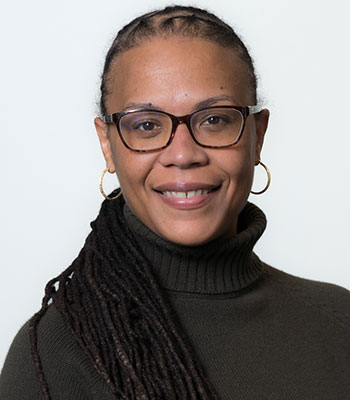
Adrienne Stiff-Roberts
Dr. Stiff-Roberts is a Co-Lead in CHOISE Thrust 1: Knobs. She is the Jeffrey N. Vinik Professor of Electrical and Computer Engineering at Duke University. Her research interests include the synthesis of multi-component and hybrid (organic-inorganic) materials using a novel approach for organic-based thin-film deposition that combines solution and vacuum-processing. Emulsion-based, resonant infrared matrix-assisted pulsed laser evaporation offers a new way to integrate novel functions into organic-based films and devices that are difficult, if not impossible, to achieve otherwise. Research efforts include materials synthesis and characterization to investigate the fundamental mechanisms of thin-film growth, and device fabrication and characterization, especially of optoelectronic and energy devices. See Dr. Stiff-Roberts' staff page for more information.
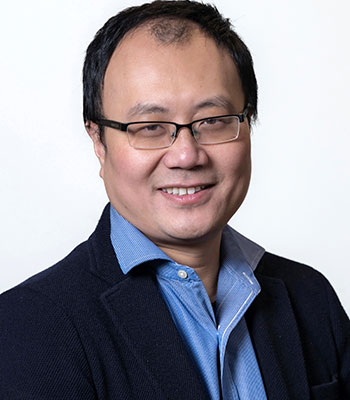
Dali Sun
Dr. Sun is a key participant in CHOISE. Dr. Sun is an associate professor at North Carolina State University in the Department of Physics. Dr. Sun's research interests are in spintronics and optoelectronics of organic semiconductors, magnetic materials, and hybrid organic-inorganic perovskites and their device physics. See Dr. Sun's staff page for more information.
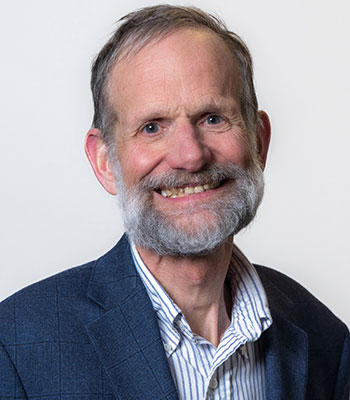
Michael F. Toney
Dr. Toney is CHOISE's User Facility Coordinator. He is a Professor at the University of Colorado where his research group focuses on incisively characterizing and understanding the physics and chemistry that underlie the functioning of materials for sustainable energy as well as synthesis pathways. He has conducted research and developed strategy in advanced X-ray techniques for energy sciences, including photovoltaics and catalysis. He is one of the pioneers in the use of surface X-ray diffraction for in-situ investigations of atomic structure at electrode/electrolyte interfaces and of the molecular structure of organic and magnetic thin films. See Dr. Toney's staff page for more information.
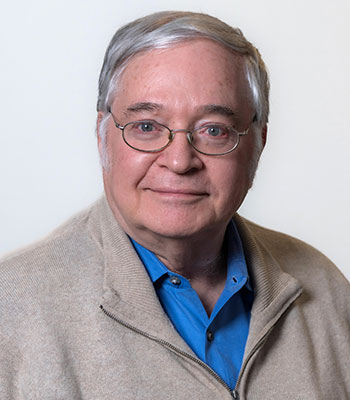
Zeev Valy Vardeny
Dr. Vardeny is a key participant in CHOISE. He is the Distinguished Professor of Physics at the University of Utah, where his research focuses on three primary interests in the field of nanotechnology: optical properties of two- and three-dimensional metallic and dielectric photonic crystals in the visible spectral range; graphene and graphite optical properties; and organic light-emitting devices and photovoltaic cells. See Dr. Vardeny's staff page for more information.
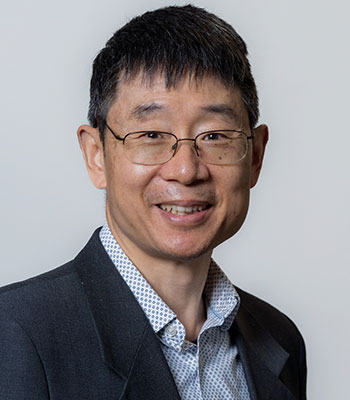
Yanfa Yan
Dr. Yan is a key participant in CHOISE. He is the Ohio Research Scholar Chair/Professor in the Department of Physics and Astronomy, University of Toledo. His research interests and expertise are in the areas of energy conversion materials, optoelectronic materials, semiconductors, defect physics, and nanoscale characterization. See Dr. Yan's staff page for more information.
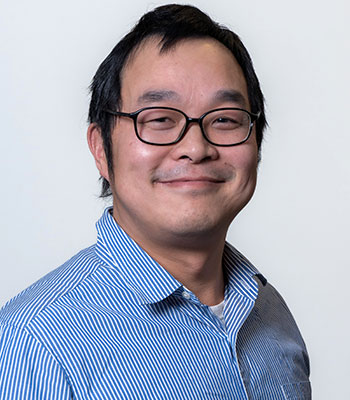
Yong Yan
Dr. Yan is Co-Lead of CHOISE Thrust 3: Light. He is an Assistant Professor at San Diego State University. His research group focuses on chemical catalysis, spanning the fields of inorganic, organic, and materials chemistry, with a primary focus on inorganic materials design and application. The key logic in his group: do something (photoactive materials design), see something (catalysis application exploration), and know something (their structure-function relationship). He was previously Assistant Professor, New Jersey Institute of Technology, focusing on design and development of cost-effective and highly efficient photoactive materials for fundamental organic synthesis. See Dr. Yan's staff page for more information.
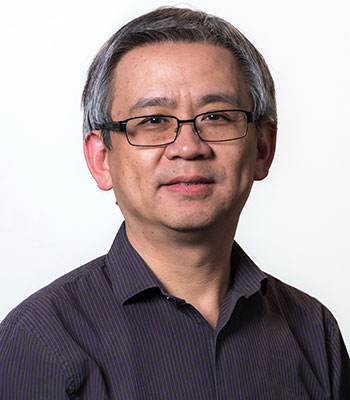
Kai Zhu
Dr. Zhu is Co-Lead of CHOISE Thrust 4: Charge and is also Outreach Coordinator. He is a Staff Scientist at NREL, where he pursues research on perovskite solar cells, dye-sensitized solar cells, and supercapacitors for energy storage. His research involves materials synthesis and device fabrication; the understanding of charge transport and its relationship to electrode morphology; and device/electrode characterization and modeling. See Dr. Zhu's staff page for more information.
Scientific Advisory Committee
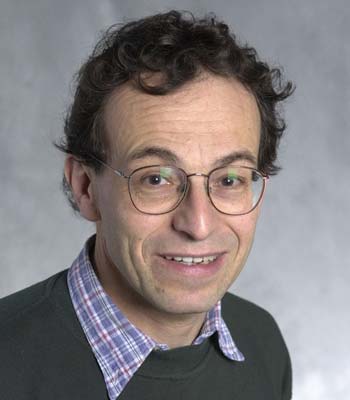
David Cahen, Weizmann Institute of Science, Center for Nanotech and Advanced Materials
Dr. Cahen is Professor of Materials and Interfaces at Weizmann Institute of Science, and Director of Sustainability and Energy Research.
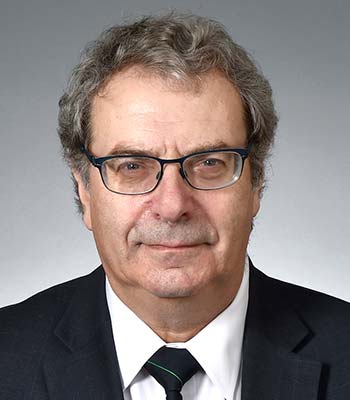
Alexander L. Efros, Naval Research Laboratory
Dr. Efros is Research Physicist at the U.S. Naval Research Laboratory. He is a pioneer in and has made fundamental contributions to the theory of low-dimensional semiconductor structures, establishing the basic theoretical concepts used today to describe the electronic and optical properties of nanocrystal quantum dots, nanowires, and nanoplatelets.

Michael Irwin, HEE Solar
Dr. Irwin is the Chief Technology Officer at HEE Solar, LLC, in Dallas, Texas.
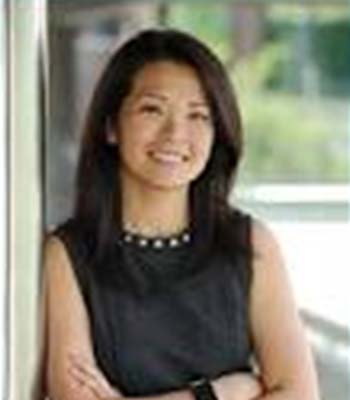
Yueh-Lin (Lynn) Loo, Princeton University
Dr. Loo is Professor in Chemical and Biological Engineering at Princeton University. She is Director of the Andlinger Center for Energy and the Environment. Her research focuses on the periodic structures of block polymers, organic semiconductors, and patterning techniques for plastic electronics, and she invented nanotransfer printing. Her research group studies solution-processable organic semiconductors and conductors.

Ron Naaman
Ron Naaman is Professor for Chemical Physics at the Weizmann Institute, Israel. He obtained his PhD at the Weizmann Institute and did postdoctoral work at Stanford for two years and then at Harvard for one year. He was a visiting Fellow at JILA and a visiting professor at Pittsburgh University. He is a Fellow of the American Physical Society and a member of the advisory board of the Journal of Physical Chemistry. He has authored over 200 scientific publications.
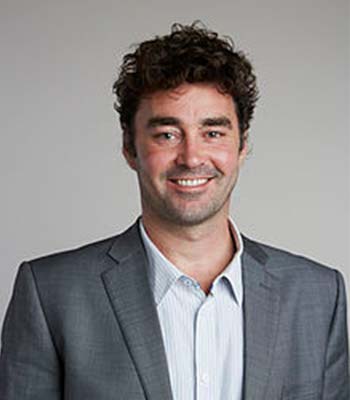
Henry Snaith, Oxford University
Dr Snaith is Professor in Physics in the Clarendon Laboratory at the University of Oxford. His achievements include the first demonstration of "gyroid" structured titania for dye solar cells, the first demonstration of mesoporous single crystals of anatase TiO2 and the discovery of high-efficiency solid-state organometal trihalide perovskite-based thin film and meso-superstructured solar cells.
.jpg?sfvrsn=3f01e87b_2)





